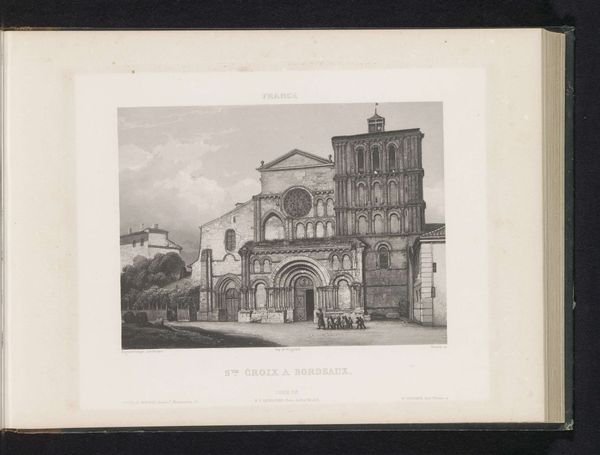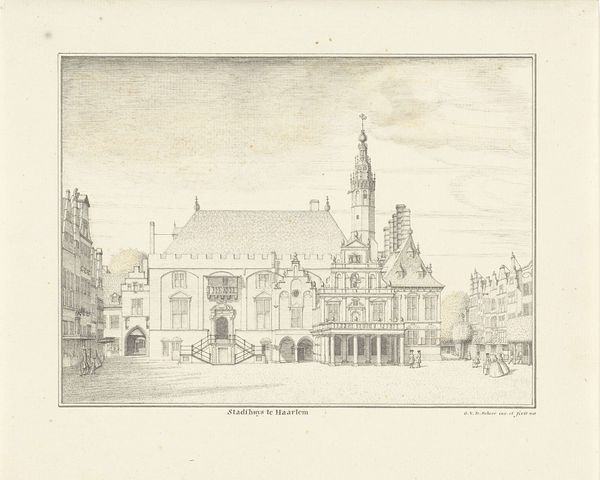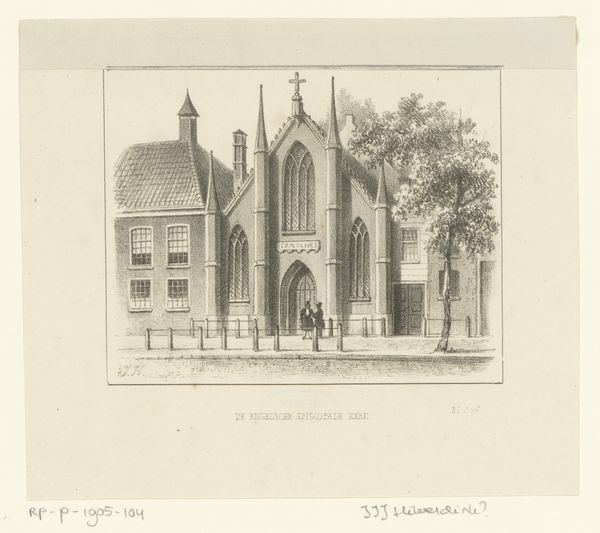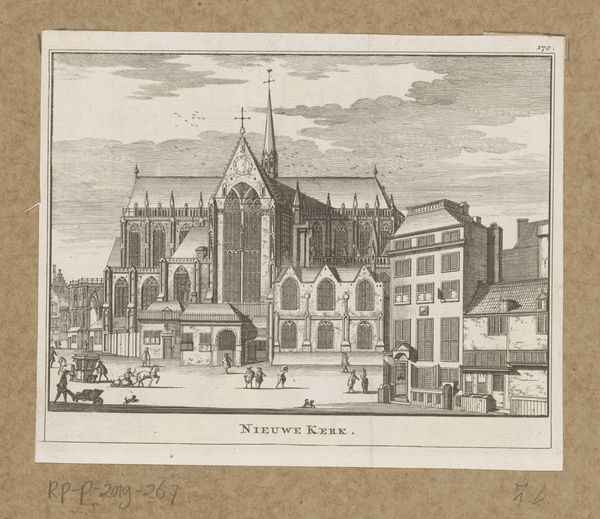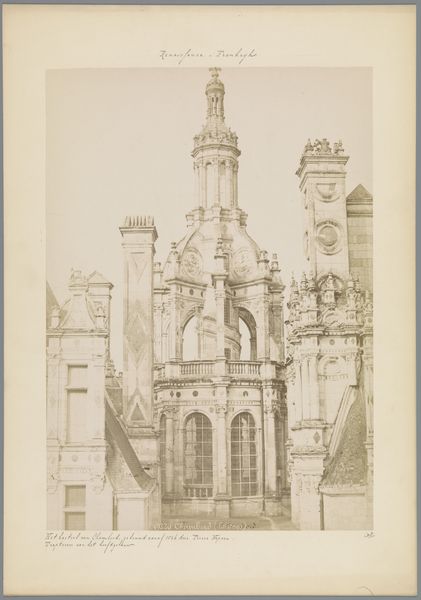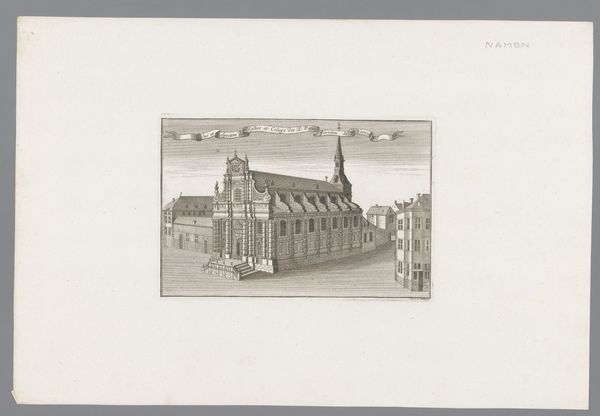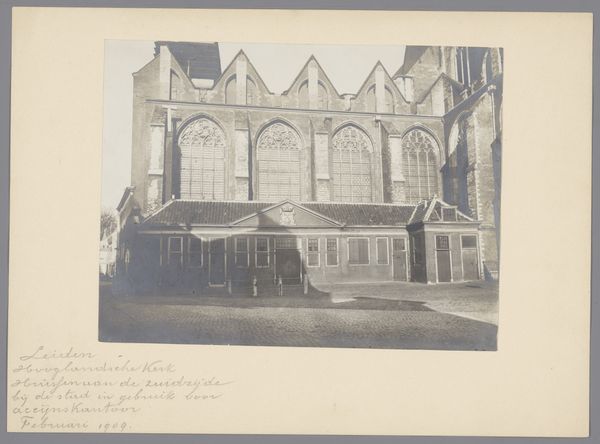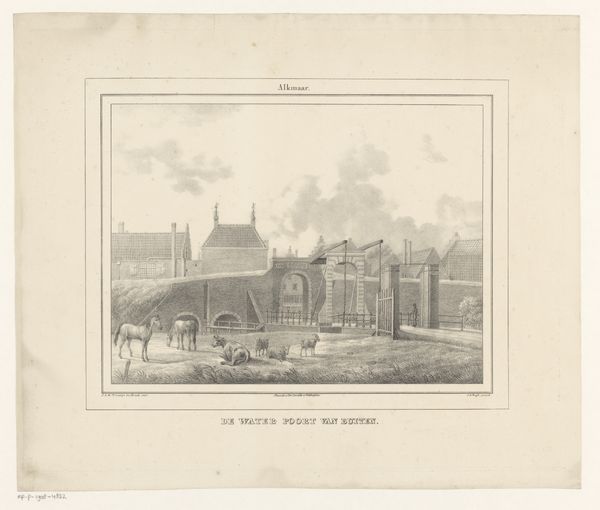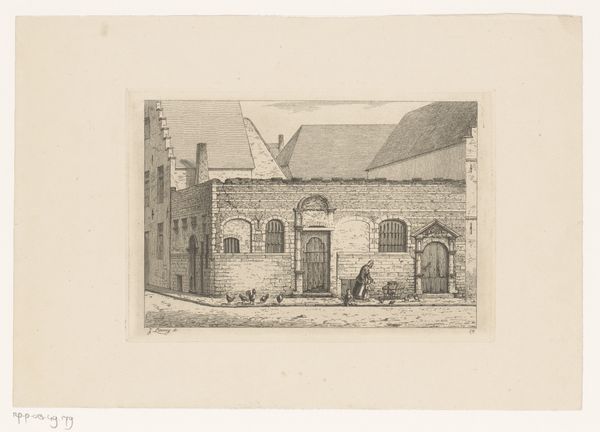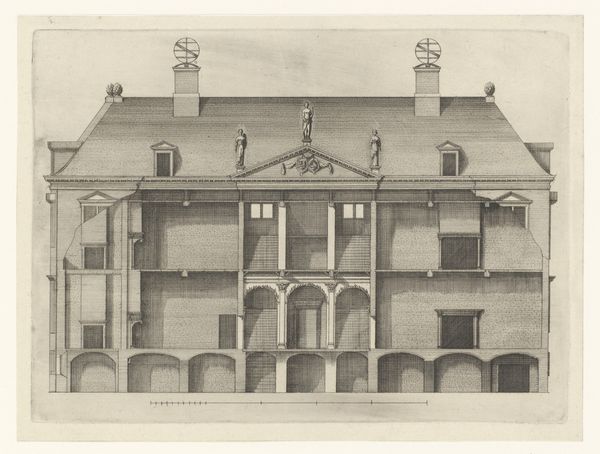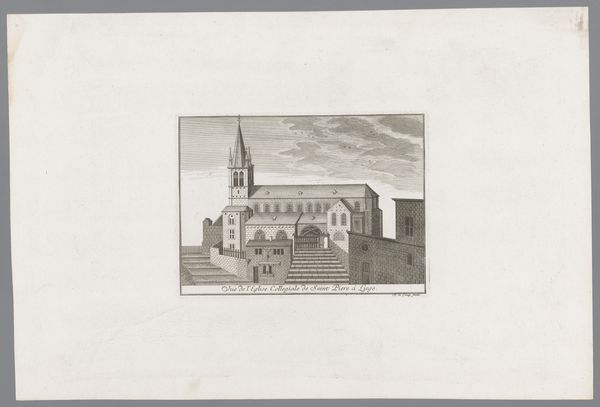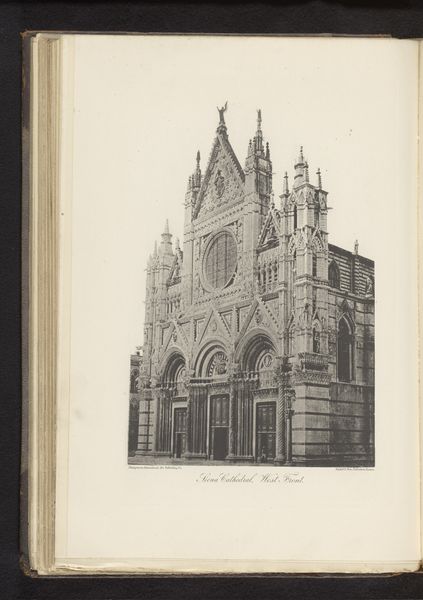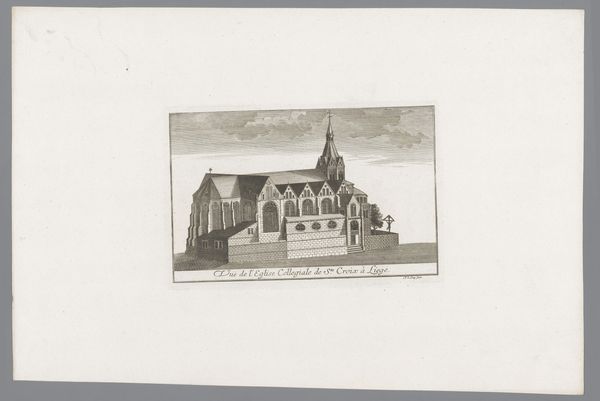
print, etching, engraving, architecture
# print
#
etching
#
romanticism
#
cityscape
#
engraving
#
architecture
Dimensions: height 167 mm, width 213 mm
Copyright: Rijks Museum: Open Domain
Editor: This print, titled "Exterieur van Église Saint-Germain-l'Auxerrois te Parijs" dates from before 1841 and is attributed to Johann Hürlimann. It appears to be an etching or engraving of a Parisian cityscape, portraying the church with very delicate lines. I’m struck by how it blends architectural precision with a soft, almost dreamlike atmosphere. What can you tell me about the historical context of such images? Curator: That “dreamlike atmosphere” is key. Consider the rise of Romanticism, which valued emotion and individual experience. Cityscapes, particularly of significant historical sites like this church – long associated with French royalty and pivotal in events like the St. Bartholomew's Day Massacre – became potent symbols. Prints like this circulated widely, shaping perceptions of Paris as both a historical monument and a stage for modern life. Think about how accessible imagery impacts a society's shared understanding of its cultural heritage. Editor: So, it’s not just a depiction of a building, but a carefully constructed representation contributing to a larger narrative? How would the average person consume or interact with an image like this in the 19th century? Curator: Precisely. This likely wasn’t hanging in someone’s home, but more commonly found in illustrated books or portfolios of architectural views aimed at an educated, often tourist, market. The engraving presents a meticulously rendered Saint-Germain, conveying the enduring power of both the church and by extension, Paris itself, appealing to a rising sense of national identity. This carefully managed visual promoted an elite ideal. Do you see a sense of drama? Editor: I do now, in the staging of light and shadow around the façade. It almost feels like the building is on display, which relates to what you said. So much intention. Curator: It encourages you to not only look, but to *interpret*, considering whose Paris is being presented, and to what end. That interplay between representation, access, and societal values continues to echo in today's world. Editor: That’s fascinating; I see the power of these seemingly simple cityscapes in a completely different light now! Thank you. Curator: My pleasure; and hopefully, that’s a power that you'll now carry into any work you encounter from this period onward.
Comments
No comments
Be the first to comment and join the conversation on the ultimate creative platform.
